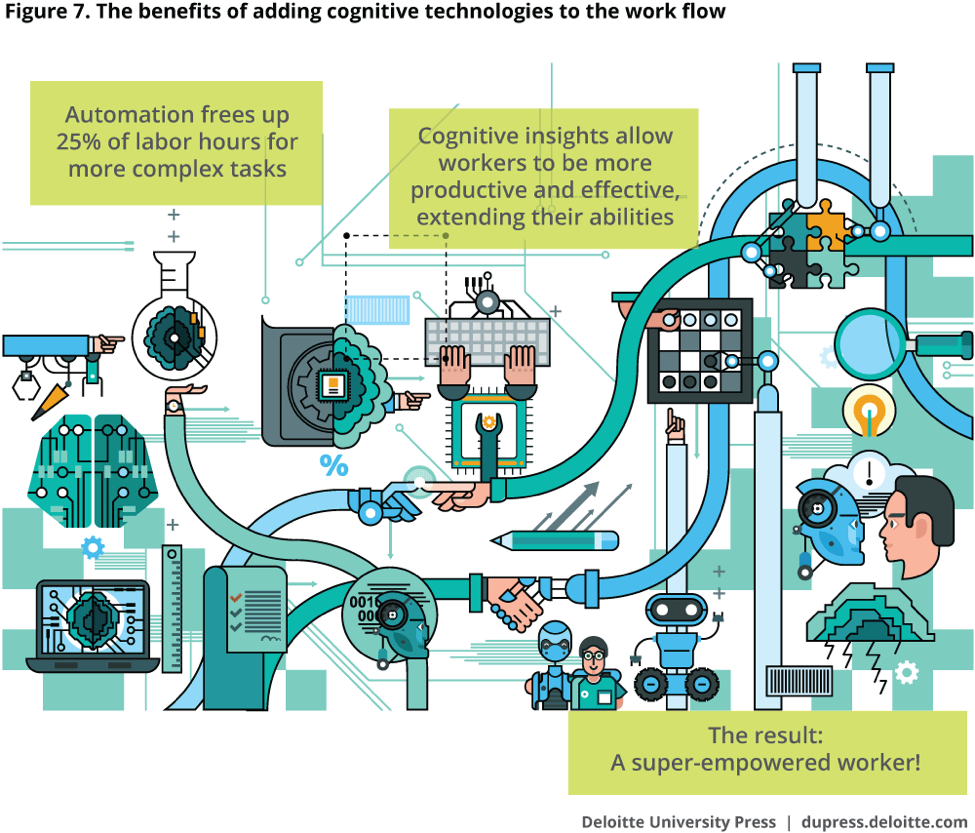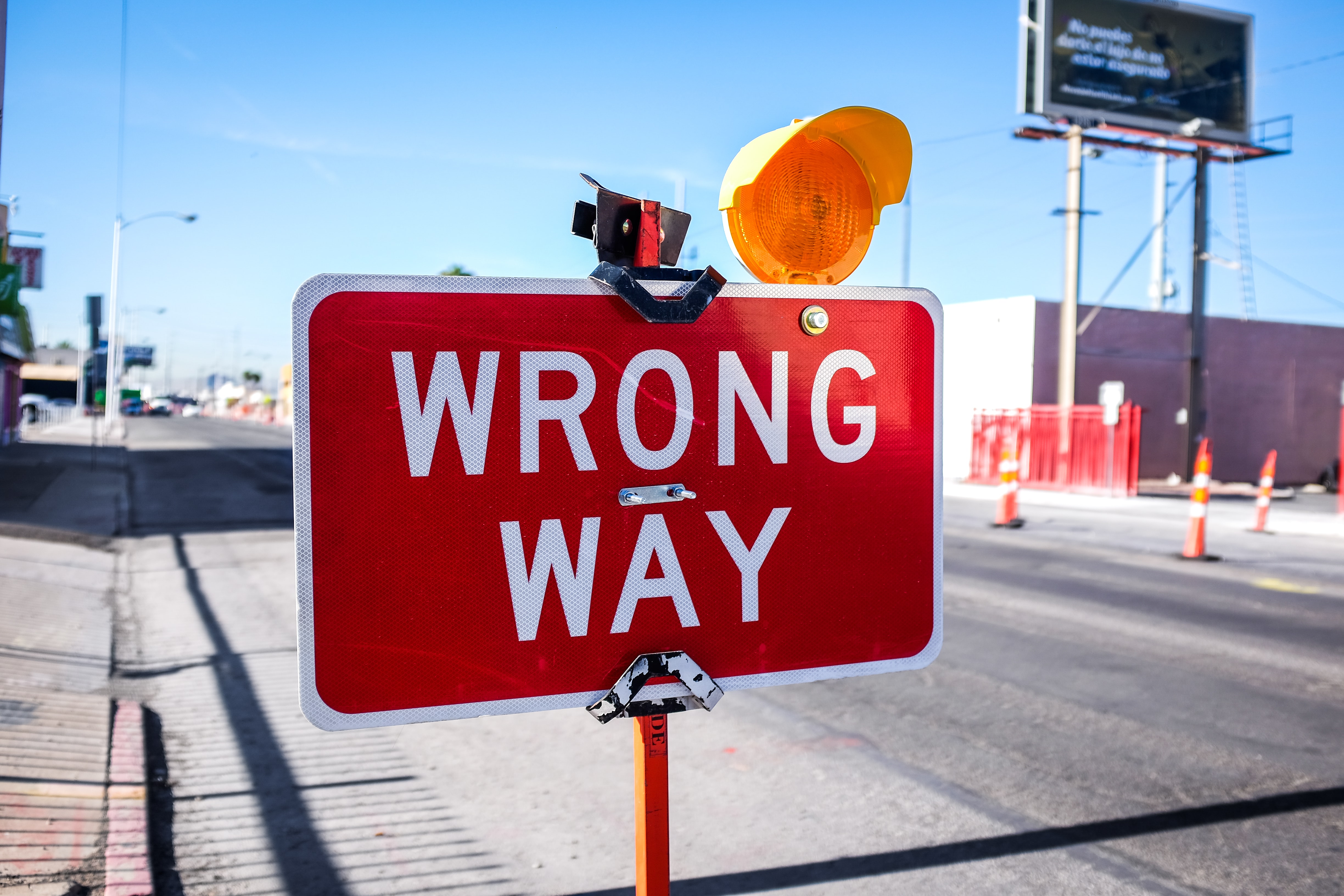FREE THE TRANSLATORS! How Adaptive MT turns post-editing janitors into cultural consultants

Originally posted on LinkedIn by Greg Rosner.
I saw the phrase “linguistic janitorial work” in this Deloitte whitepaper on “AI-augmented government, using cognitive technologies to redesign public sector work”, used to describe the drudgery of translation work that so many translators are required to do today through Post-editing of Machine Translation. And then it hit me what’s really going on.
The sad reality over the past several years is that many professional linguists, who have decades of particular industry experience, expertise in professional translation and have earned degrees in writing, whose jobs have been reduced to sentence-by-sentence clean-up of translations that flood out of Google Translate or other Machine Translation (MT) systems.

The Deloitte whitepaper takes the translator’s job as an example of how AI will help automate tasks through different approaches, such as relieving work, splitting-up work, replacing work, and augmenting work.
“THE FOUR APPROACHES APPLIED TO TRANSLATION
“…A relieve approach might involve automating lower-value, uninteresting work and reassigning professional translators to more challenging material with higher quality standards, such as marketing copy. To split up, machine translation might be used to perform much of the work — imperfectly, given the current state of machine translation — after which professional translators would edit the resulting text, a process called post-editing. Many professional translators, however, consider this “linguistic janitorial work,” believing it devalues their skills. With thereplace approach, the entire job a translator used to do, such as translating technical manuals, is eliminated, along with the translator’s position. And finally, in theaugment approach, translators use automated translation tools to ease some of their tasks, such as suggesting several options for a phrase, but remain free to make choices. This increases productivity and quality while leaving the translator in control of the creative process and responsible for aesthetic judgments.”
Many translators hate translation technology because it has reduced their enormous cultural understanding, language knowledge and industry expertise that they can offer organizations who want to connect with global customers, to being grammaticians.
HOW IS ADAPTIVE MACHINE TRANSLATION DIFFERENT FROM STATISTICAL OR NEURAL MACHINE TRANSLATION?
Post-editing whatever comes out of the machine has been a process used since the 1960’s when professional linguists would clean up poor translations that was output from the system. Sadly, this is still most of what’s still happening today in spite of Adaptive systems available in the market. But more on why this might be in my next blog,
The biggest problem with the job of post-editing machine translation is having to make the same corrections again and again since there is no feedback mechanism when translators make a change. This is true with the output of every Machine Translation system today including Google Translate and Microsoft Translator. Training MT engines for a specific domain is time-consuming and costs a lot of money, thus it typically only happens once or twice a year. The effort results in a static system that will inevitably need to be trained again to create yet another static system.
Adaptive Machine Translation is a new category of AI software which is learning all the time. The training it is getting happens as the translator is working, so there is never a re-training. This side-by-side translation activity is poised to be the biggest revolution in the language translation industry since Translation Memory (statistical sentence matching) was introduced in the 1980s.

(Example of Lilt Adaptive Machine Translation interface working in collaboration with the translator sentence by sentence.)
HOW DOES ADAPTIVE MACHINE TRANSLATION INCREASE THE VALUE OF A PROFESSIONAL TRANSLATOR?
There is enormous untapped value that a professional translator can bring to an organization working in an Adaptive Machine Translation model vs through a Post-Editing model. Given that they are a native linguist, familiar with the country and customs of the target market, there is a lot of human intelligence and understanding ready to be tapped right in the localization process. In addition, over time their familiarity with a product and service will have them be a much more valuable asset to localizing content than simply an in-language grammatician.
Like other fields, AI will help remove tasks of our jobs that can be replicated or made more efficient. It’s sad that the current mode of translation technology that we’ve been working with so long has put professional translators in a position to clean up the mess a machine makes. It seems it should be the other way around. (i.e. Grammerly) I’m optimistic that AI will help us become better translators, enabling us to spend more time being creative, having more connected relationships and become more what it means to be human.
“Chess grand master Garry Kasparov pioneered the concept of man-plus-machine matches, in which AI augments human chess players rather than competes against them. “Centaur,” which is the human/AI cyborg that Kasparov advocated, will listen to the moves suggested by the AI but will occasionally override them — much the way we use the GPS. Today the best chess player alive is a centaur. It goes by the name of Intagrand, a team of several humans and several different chess programs. AI can help humans become better chess players, better pilots, better doctors, better judges, better teachers.”
Kevin Kelly, The Inevitable, Understanding the 12 technological forces which will shape our future


